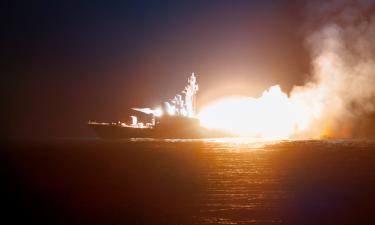Katrina death toll innumerable
The death toll from Hurricane Katrina, which ripped through parts of Louisiana, Mississippi and Alabama this week, may be in the hundreds as rescue efforts continue after what U.S. and state officials say may be the nation's worst natural disaster.
The U.S. Coast Guard rescued thousands yesterday in the New Orleans area, which remained flooded in water as deep as 20 feet, after rescuing about 1,200 Tuesday, the agency said on its Web site.
At least 50 people died in Harrison County, Mississippi, including as many as 30 in a Biloxi apartment building that collapsed, Mississippi Emergency Management spokesman Jim Pollard said in an interview Tuesday, according to Bloomberg.
Hospitals were running out of power and scrambling to find places to take their patients. At one clinic, broken glass littered some areas and patients and staff had fallen on floors slick with floodwaters, the AP says. Gov. Kathleen Blanco said that everyone still in the city, now huddled in the Superdome and other rescue centers, needs to leave. She said late Tuesday she wanted the Superdome with no electricity or air conditioning to be evacuated within two days.
Rescue teams were still picking up people throughout the city Tuesday, leaving them on island-like highway overpasses and on a levee to wait to be moved again. Eventually, they will end up in the Superdome, where 15,000 to 20,000 people have taken refuge, said Louisiana National Guard Maj. Gen. Bennett C. Landreneau. One person died at the Superdome attempting to jump from one level to a lower one.
Katrina, which slammed ashore in Mississippi at daybreak Monday with winds as high as 140 mph (225 kph), is now a tropical depression with winds of about 30 mph and is forecast to head through parts of upstate New York, New England and Canada by Sept. 2.
Subscribe to Pravda.Ru Telegram channel, Facebook, RSS!





